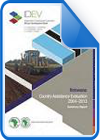
This country strategy paper evaluation, prepared by the Independent Development Evaluation (IDEV) of the African Development Bank (AfDB), evaluates AfDB assistance to Botswana during the 2004–2013 period. It examines the relevance to and congruence of the objectives of the 2004 and 2009 Country Strategy Papers (CSPs) in supporting the development challenges faced by Botswana during this period, and the extent to which the two CSPs contributed to the realization of Botswana’s national development outputs, outcomes and goals, and the factors that facilitated or limited the achievement of the results.
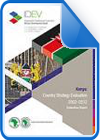
This report presents the findings of an evaluation of three Kenya Strategy Papers (2002-2004, 2005 - 2007 and 2008-2012). These three CSPs have supported Kenya’s development efforts over a period of dramatic change in Kenya. During the period of the 2002 CSP, the Government of Kenya (GOK) moved forward with its Economic Recovery Strategy (ERS), a policy paper that established three key pillars forming the basis for the government’s priorities for the entire decade.
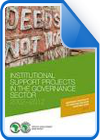
This summary report was prepared by Penelope Jackson, under the guidance of Odille Keller and Samer Hachem Managers of OPEV 2 and under the overall leadership of Rakesh Nangia, Head of Operations Evaluation at the African Development Bank. The OPEV team was composed of Penelope Jackson and Samson Houetohossou.
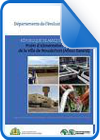
The present interim evaluation assesses the performance of the drinking water supply project for the city of Nouakchott (Aftout Essahli). The project includes a production phase and distribution phase.
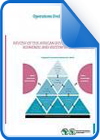
The purpose of this review is to assess the Bank’s ESW over the period 2005-2010 and to draw lessons and formulate recommendations to improve the effectiveness of future ESW. This study should be seen as a formative evaluation,as the Bank is putting in place an internal process for ESW to investigate ESW activity along the entire process, this review addresses four questions: 1. How consistent are Bank policies and strategies for ESW? 2. What are the features of ESW produced by the Bank? 3. How efficient are the Bank’s processes and management of ESW? 4. To what extent is the Bank’s ESW useable and useful?
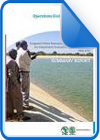
Integrated water resources management (IWRM) coordinates the development and management of water resources to maximize economic and social welfare without compromising the sustainability of vital ecosystems. It helps countries adhere to the Dublin Principles and commitments made at the World Summits on Sustainable Development in Rio de Janeiro (1997, 2002) and Johannesburg (2005) to improve water resources management.